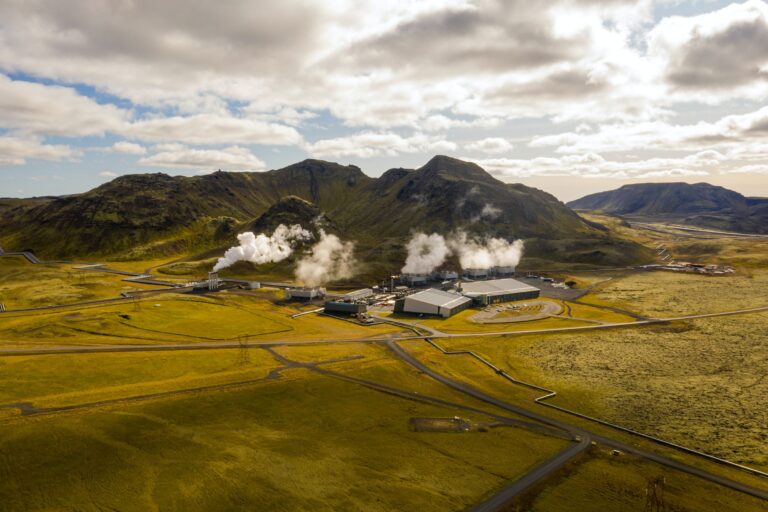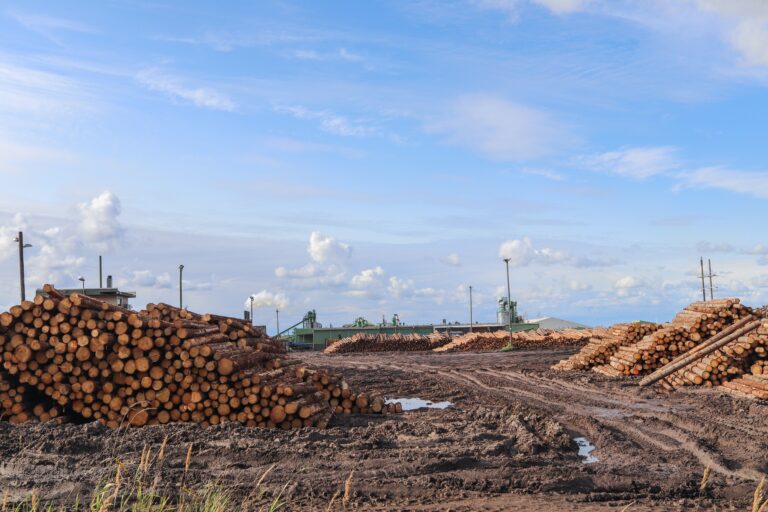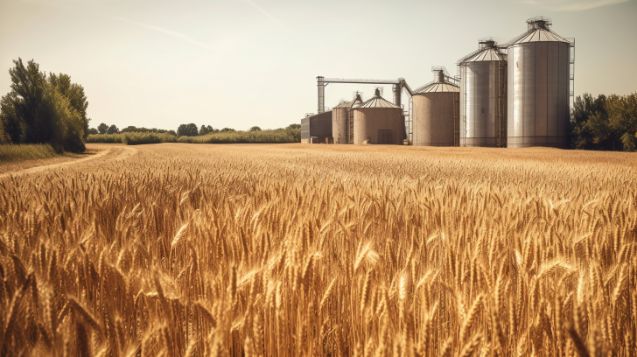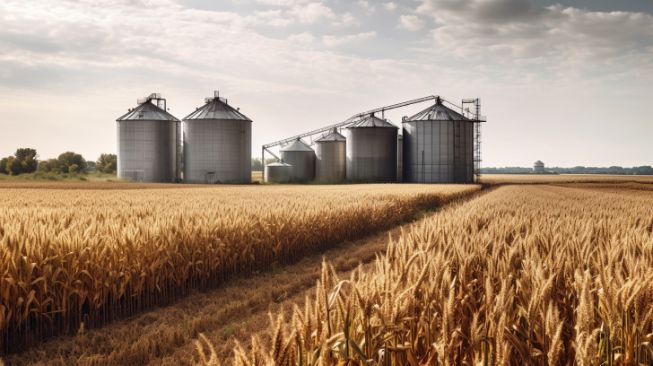The Potential Environmental Impacts of Bioenergy
Using organic materials like waste and plant products, bioenergy may be produced to lower fossil fuel use and greenhouse gas emissions. But feedstock, manufacturing techniques, and technology may have a big influence on the environment. While lowering carbon footprints, first-generation biofuels may change how land is used, which would have an impact on biodiversity and food security. Though they need a lot of resources and are costly, second-generation biofuels and biopower can lower emissions. To lessen environmental effect, bioenergy sustainability therefore rely on well-balanced management and technological advancements.
Table of Contents
Types of Bioenergy
Energy generated from organic matter, such as plant products, agricultural refuse, and organic garbage, is referred to as bioenergy. There are various kinds of bioenergy, each with its own set of traits, benefits, and drawbacks.
Biofuels
Biofuels are biomass-derived liquid or vapor energy. They are divided into two categories: first-generation and second-generation biofuels. Food products such as maize, sugar, and vegetable oils are used to make first-generation biofuels. Non-food sources such as farm refuse, forestry leftovers, and city garbage are used to make second-generation biofuels.
Pros: Biofuels are renewable and have the potential to decrease greenhouse gas pollution. They can also assist in reducing reliance on natural fuels and increasing energy security.
Cons: The creation of first-generation biofuels may result in land-use change and competition with food crops, which may have bad consequences for food security and the ecosystem. Second-generation biofuels can be expensive to manufacture and may necessitate large quantities of water and energy.
First-generation biofuels include ethanol and biodiesel, while second-generation biofuels include cellulosic ethanol and algae-based biofuels.
Biopower
Biopower is defined as the generation of energy or heat from waste via processes such as combustion, gasification, or anaerobic decomposition.
Pros: Biopower is a renewable energy source that can help decrease greenhouse gas pollution while also increasing energy security. It can also serve as a consistent supply of energy or heat.
Cons: Biopower generation can have bad environmental consequences such as air pollution and land-use change. It can also be expensive to make and may necessitate a large quantity of biomass.
Biopower instances include biomass power facilities and biogas digesters.
Biogas
Biogas is a sustainable energy source that is generated from biological refuse such as farm waste, food waste, and sewage. It is a gas mixture, mainly composed of methane and carbon dioxide, that can be used as fuel for warmth, power production, and transportation.
Pros: Biogas is a renewable energy source that can help to decrease greenhouse gas pollution while also providing a consistent supply of energy. It can also aid in trash reduction and the promotion of sustainable refuse management practices.
Cons: The creation of biogas can necessitate a large quantity of organic waste, which can have unfavorable environmental consequences if not correctly handled.
Examples of biogas production include biogas plants that produce energy from farm refuse and sewage treatment plants that generate methane from wastewater.
Environmental Impacts
While bioenergy has the potential to be a green and safe energy source, its production and use can have major environmental consequences. Here are some of the most significant environmental consequences of biofuels.
Greenhouse Gas Emissions
Bioenergy is frequently advocated as a low-carbon energy source because, when compared to fossil fuels, it can decrease greenhouse gas pollution. However, the greenhouse gas emissions from bioenergy are affected by a variety of variables, including the sort of feedstock used, the manufacturing method, and the end-use. For example, due to land-use change and emissions from fertilizer use and transportation, the creation of first-generation biofuels from food products may result in greater greenhouse gas emissions than the use of fossil fuels.
Land Use Change
Bioenergy production can also have a major effect on land use shift. Converting woods, meadows, and other natural areas into bioenergy crop farms, for example, can result in biodiversity loss, soil degradation, and carbon emissions. Furthermore, bioenergy output may conflict with food production, leading to increased food costs and food insecurity.
Water Use and Pollution
Bioenergy generation can also have an effect on water use and pollution. For example, the production of biofuels may necessitate large quantities of water for irrigation, and farming waste may add to water pollution. Furthermore, the use of certain feedstocks for biofuels, such as palm oil, can result in deforestation and river contamination.
Biodiversity Loss
The creation of bioenergy can also have a detrimental effect on biodiversity. The growth of bioenergy crop farms, for example, may result in the loss of natural areas and the relocation of animals. Furthermore, the use of certain feedstocks for biodiesel, such as palm oil, can result in deforestation, which can have serious consequences for wildlife.
Soil Degradation
Bioenergy generation can also degrade soil, especially when intensive farming methods are used. For example, using sugarcane as a source for biodiesel can cause land erosion, nutrient loss, and soil compaction.
Air Pollution
The generation of bioenergy may also have an effect on air pollution. For example, the burning of wood for biopower can emit particulate matter and other pollutants that can harm human health.
Comparison to Fossil Fuels
Bioenergy can have lower greenhouse gas pollution and other environmental effects than fossil fuels. However, the environmental impacts of bioenergy can differ based on a variety of variables such as the feedstock used, the manufacturing method, and the end-use. Furthermore, some bioenergy production methods, such as using coal to create biofuels, can result in greater greenhouse gas pollution than using fossil fuels.
Case Studies of Bioenergy Projects and their Environmental Impacts
Several bioenergy initiatives have been adopted around the globe, with varying environmental consequences. A research performed in Brazil, for example, discovered that the growth of sugarcane plantations for biofuels had a detrimental effect on biodiversity and water supplies. A Swedish research, on the other hand, discovered that using forest residues for biopower had beneficial environmental effects, such as lower greenhouse gas emissions and improved forest output.
Sustainability and Certification
The sustainability of biofuel generation is critical. It alludes to the ability to meet the requirements of the present without jeopardizing future generations’ ability to meet their own needs. In the context of bioenergy, sustainability entails ensuring that bioenergy production does not damage the ecosystem, community, or business.
Certification programs are an important instrument for assuring long-term bioenergy output. These initiatives establish a structure for evaluating and verifying the long-term viability of bioenergy output. They establish standards and parameters for bioenergy companies to fulfill in order to be recognized as sustainable.
The Roundtable on Sustainable Biomaterials is one example of a biofuel accreditation program. (RSB). The RSB is a worldwide biofuels and biomaterials sustainability guideline and certification scheme. It offers a complete paradigm for evaluating the long-term viability of bioenergy production, taking into account social, environmental, and economic factors.
The Sustainable Biomass Program (SBP), the International Sustainability and Carbon accreditation (ISCC), and the Forest Stewardship Council (FSC) accreditation for sustainable forestry are among the other biomass certification programs.
Certification initiatives are critical for assuring the long-term viability of bioenergy output. They provide a means of ensuring that bioenergy is generated in an ecologically, socially, and fiscally viable manner. Certification also contributes to customer, investor, and policymaker faith and confidence in bioenergy.
Conclusion
To summarize, the environmental effects of bioenergy are important and must be thoroughly examined. While bioenergy has the potential to decrease greenhouse gas emissions and provide a sustainable energy source, it also has the potential to negatively affect land use, water resources, and wildlife.
When creating and utilizing bioenergy, it is critical to consider sustainability and accreditation. Certification systems such as the Roundtable on Sustainable Biomaterials (RSB) and the Forest Stewardship Council (FSC) can aid in the production of responsible and sustainable biofuels.







